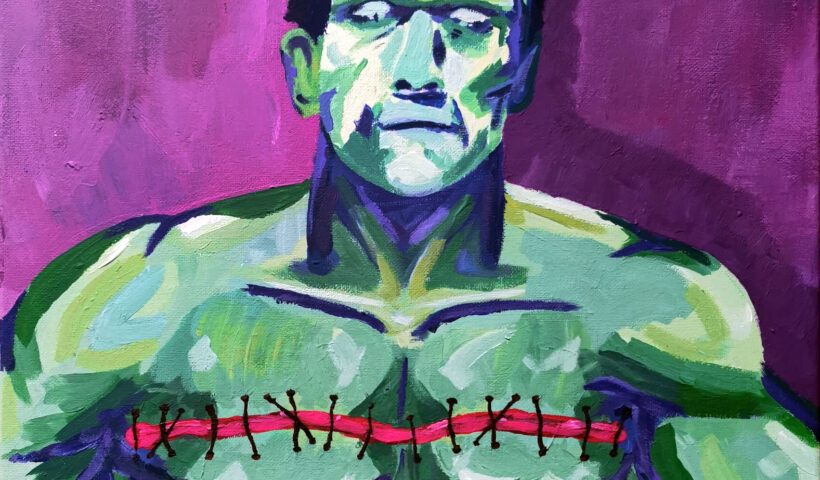By Emma Catan, Franca Leitner and Sofie Schrey In this final Alluvium issue of 2021, we explore a variety of perspectives on topical themes in…
View More Alluvium Editorial 9.6Tag: gender identity
“I live with doubleness”: Non-Binary Gender Identity and Othering in Jeanette Winterson’s Frankissstein: A Love Story
Mary Shelley’s Frankenstein already introduces this issue of the nature of being and the core of our subjectivity. In Frankissstein’s source text, Frankenstein’s creature, an outsider in his society, raises the question of what makes someone human, what is considered monstrous, and who has the prerogative of deciding on the answers. As such, it has traditionally been read as “a representation of [marginalisation] and [victimisation], of binding cultural construction” (Mossman, no pg.).
View More “I live with doubleness”: Non-Binary Gender Identity and Othering in Jeanette Winterson’s Frankissstein: A Love StorySiri Hustvedt’s The Blazing World: Does Art Have a Gender Identity?
In her most recent novel The Blazing World (2014), Siri Hustvedt raises the problem of sex biases in the art world. One of the central premises of the book is that works of art executed by women are rated significantly lower than the same piece by a man. “Does art really have a gender identity”, asks Hustvedt …
View More Siri Hustvedt’s The Blazing World: Does Art Have a Gender Identity?


